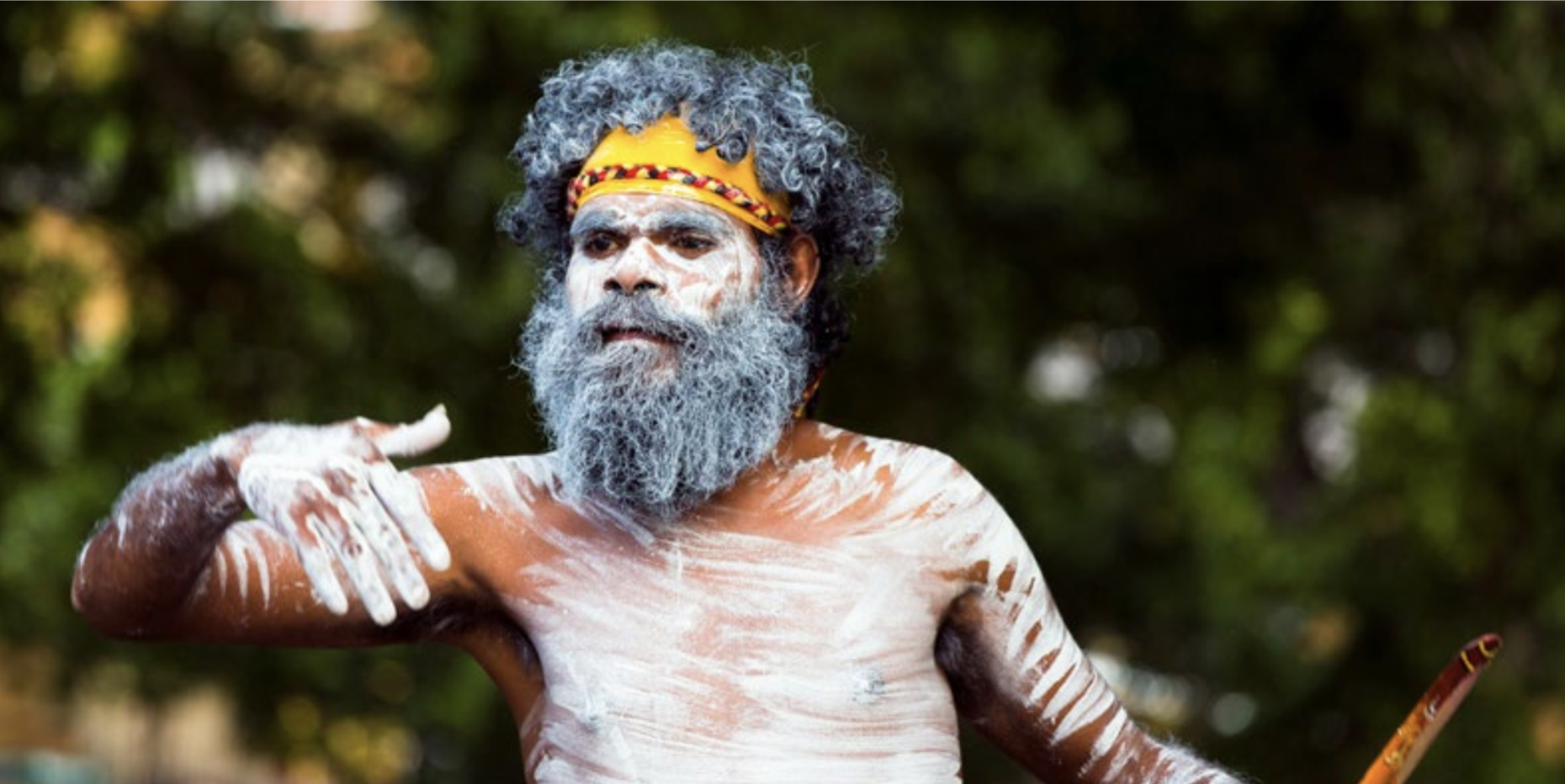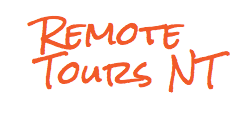
Traditional and ceremonial Aboriginal Dance has been a part of the Aboriginal culture for thousands of years. Dances played an important role in the spirituality of Indigenous Australian tribes, and each group had different customs when it came to performing and orchestrating these dances.
Storytelling through dance
One of the major purposes of traditional Aboriginal dancing was to tell stories, which were passed down through generations. These stories would be about the land, animals, dreamtime, and Aboriginal people. It is quite common for Aboriginal dance to incorporate imitations of certain animals, to assist in the storytelling and bring the dreamtime to life.
The stories and dances could also be used as an initiation process, or to celebrate a new stage of life. For example, ceremonial dancing and storytelling was a large part of coming to age celebrations for teenage boys and girls, initiating them into adulthood.
Dance and music was also a big part of wedding and funeral ceremonies, and was a way for the community to bring tradition and culture into their celebrations. Some dance ceremonies would be gender specific, with men and women having separate traditional dances to perform, for example the crane dance which is most commonly performed only by Aboriginal men.

Dancing was usually accompanied by Aboriginal music and instruments, including the didgeridoo and clapping sticks. Elders would often sing along to the music, telling stories through their songs. Members of the community that were talented in dancing and singing would be well respected, as this was seen to be a highly important skill.
During Aboriginal dances, the performers and audience members would use face and body paint which would relate to the character they were demonstrating, or a link to their family. Costumes were made of various fur and feathers from Australian animals mixed with dyed cloth and sometimes small branches from tree’s and natives bushes attached at the hips.
Many Aboriginal communities still participate in ceremonial Aboriginal dance and continue the traditions of their ancestors. Throughout the late 20th century, Aboriginal dance has also been incorporated into modern and contemporary forms of Australian dance and performances.
Organisations such as Aboriginal Centre for the Performing Arts (ACPA) and Bangarra Dance Theatre create performances using Aboriginal dancers, displaying stories and movements from traditional routines. Many of these performances have toured across the world, showcasing the unique and spiritual experience of Aboriginal dance around the globe.







